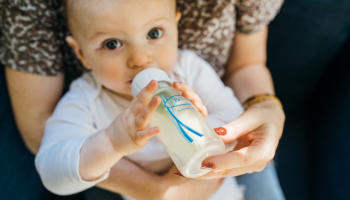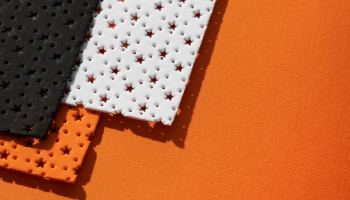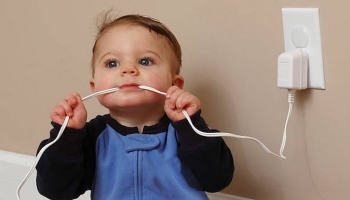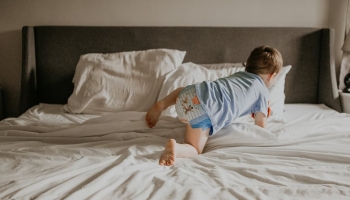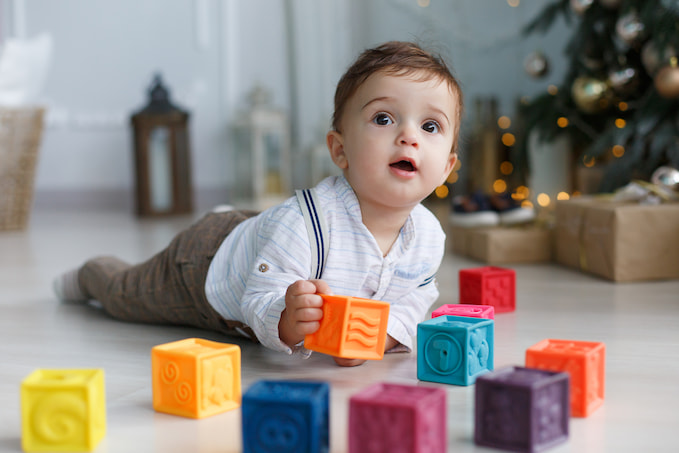
When it comes to baby gear, playpens are a popular choice for parents. They provide a safe and contained space for babies to play and rest in while allowing parents to keep an eye on them. However, as babies grow and become more mobile, parents may start to wonder when their child is too old for a baby playpen anyway.
The answer to this question depends on a few factors, including the age and development of the child, as well as the type of playpen being used. Generally, playpens are recommended for use until a child is around 2 years old. At this point, they may be too big or active to safely use a playpen and may benefit more from a crib or play yard. However, some children may outgrow a playpen sooner or later than this, depending on their individual needs and abilities.
Identifying Baby’s Developmental Milestones
From Crawling to Walking
As babies grow, they reach several developmental milestones that indicate their readiness for different activities. One of the most significant milestones is learning to crawl, which typically happens between six and ten months of age. Crawling helps babies develop their muscles and coordination, preparing them for the next milestone of standing and walking.
Once babies can stand and walk, they become more independent and curious about their surroundings. They may want to explore more, but this newfound freedom can also lead to accidents and injuries. This is where baby playpens can come in handy.
Cognitive Development
As babies grow and develop, their cognitive abilities also improve. They become more aware of their surroundings, learn to recognize faces and voices and develop a sense of object permanence. They may also become more curious and adventurous, wanting to explore and learn more about the world.
Playpens can provide a safe space for babies to play and explore while still allowing them to develop their cognitive abilities. They can interact with toys, practice their motor skills, and learn cause and effect in a controlled environment.
Playpens
Playpens can be a useful tool for parents to keep their babies safe while still allowing them to play and explore. However, it’s essential to use them appropriately and not rely on them as a substitute for supervision.
As babies grow and become more mobile, they may start to climb out of playpens or become frustrated with being confined. This can be a sign that they are ready for more freedom and independence.
As babies grow and develop, they become more curious and adventurous, wanting to explore and learn more about the world. Playpens can provide a safe space for babies to play and explore while still allowing them to develop their cognitive abilities. However, it’s essential to use them appropriately and not rely on them as a substitute for supervision.
Understanding Weight and Height Limits
When it comes to playpens, understanding weight and height limits is crucial for ensuring your baby’s safety. Most playpens have specific weight and height limits that should not be exceeded. Here is what you need to know:
Weight Limits of Different Playpens
Different playpens have different weight limits, so it’s important to check the manufacturer’s guidelines before purchasing one. Some playpens may have weight limits as low as 15 pounds, while others may be able to support up to 50 pounds or more.
It’s important to note that the weight limit includes not only your baby’s weight but also any toys or other items that may be in the playpen with them. Exceeding the weight limit can cause the playpen to collapse, which can be dangerous for your baby.
When Baby Outgrows the Height Limit
In addition to weight limits, playpens also have height limits. When your baby reaches the height limit, it’s time to transition them out of the playpen. Most playpens have a height limit of around 35 inches, but this can vary depending on the model.
If your baby has outgrown the height limit, it’s important to transition them to a different sleeping arrangement. Continuing to use the playpen can be dangerous, as your baby may be able to climb out or fall over the sides.
Exploring and Containment: The Balance
Why Containment is Important
Designated play areas, such as playpens, can provide a safe and contained space for babies to explore and play. While it’s important to encourage exploration, it’s equally important to ensure that babies are safe and secure. Containment can help prevent accidents and injuries, especially as babies become more mobile and curious.
A playpen can also be a useful tool for parents who need to step away briefly or complete tasks without worrying about their baby’s safety. It can provide peace of mind and allow parents to focus on other tasks without distraction.
Encouraging Exploration
While containment is important, it’s also crucial to encourage exploration and development. Babies learn through play and exploration, and it’s important to provide them with opportunities to do so.
Parents can create a stimulating and engaging playpen environment by including age-appropriate toys, books, and other interactive items. This can help babies develop fine motor skills, hand-eye coordination, and cognitive abilities.
It’s also important to remember that playpens should not be used as a substitute for interaction and socialization with caregivers. Babies still need human interaction and attention to thrive and develop properly.
Transitioning from Playpen to Larger Area
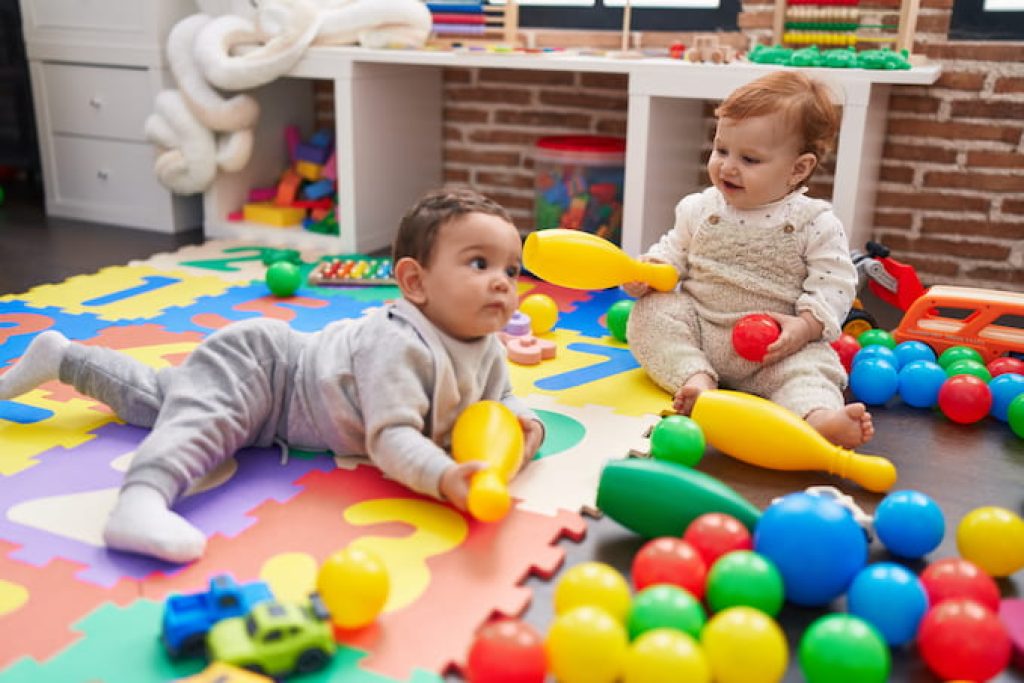
Signs Your Baby Is Ready
As babies grow, they become more mobile and curious about the world around them. It’s important to recognize when your baby is ready to transition from a playpen to a larger play area. Here are some signs that your baby may be ready:
- Your baby is trying to climb out of the playpen
- Your baby seems bored or frustrated in the playpen
- Your baby is crawling or walking and needs more space to explore
- Your baby is becoming too big for the playpen
If you notice any of these signs, it’s time to start thinking about transitioning your baby to a larger play area.
Creating a Safe Larger Play Area
When transitioning your baby to a larger play area, safety should be your top priority. Here are some tips for creating a safe play area:
- Choose a room that is free from hazards such as sharp corners, electrical outlets, and cords.
- Use baby gates to block off any areas that are not baby-proofed.
- Cover any hard surfaces with soft mats or rugs to cushion falls.
- Remove any small objects that could pose a choking hazard.
- Make sure all furniture is secured to the wall to prevent tipping.
It’s important to remember that even in a larger play area, your baby should always be supervised. Keep an eye on your kids and baby to ensure that they are safe and happy.
As your baby grows, they will continue to outgrow their playpen and need more space to explore. By recognizing the signs that your baby is ready for a larger play area and taking steps to create a safe environment, you can help your baby continue to develop and thrive.
Supervision and Safety Precautions
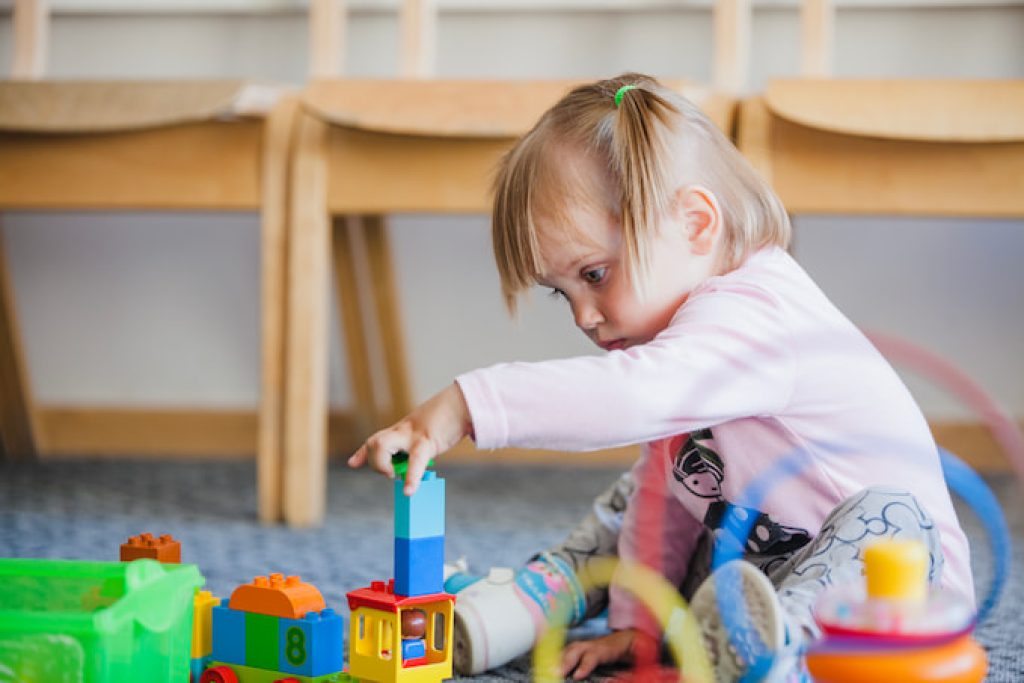
Playpen Supervision Guide
When using a playpen, supervision is essential to ensure that the baby is safe and secure. Parents and caregivers should always be within sight and sound of the baby when they are in the playpen. It is important to remember that a playpen is not a substitute for adult supervision, and babies should never be left unattended in a playpen.
Parents and caregivers should also ensure that the playpen is set up correctly and that it is a safe place for the baby. The playpen should be placed in a safe space, away from hazards such as cords, curtains, and furniture. The playpen should also have a firm and flat surface, with no gaps or holes that the baby could get stuck in.
Avoiding Suffocation Hazards
Suffocation is a serious hazard for babies in playpens. Parents and caregivers should take precautions to reduce the risk of suffocation. Soft bedding, pillows, and stuffed animals should not be placed in the playpen, as they can pose a suffocation hazard. The playpen or mattress should also be free of loose blankets and clothing that could cover the baby’s face.
Parents and caregivers should also ensure that the playpen is not overcrowded. Too many toys or other items in the playpen can increase the risk of suffocation. Babies should be placed in the playpen with only the essentials, such as a few toys and a blanket.
In conclusion, when using a playpen, parents, and caregivers should always supervise the baby and take precautions to ensure their safety. By following these guidelines, parents can create a safe and secure environment for their baby to play and explore.
Types of Playpens and Their Features
Traditional Playpens
Traditional playpens are stationary and designed to be used at home. They typically have a metal or plastic frame with mesh sides and a padded floor. Some models may also have additional features such as a changing table, storage pockets, or a mobile. Traditional playpens are generally larger than other types of playpens and are suitable for use with infants and toddlers.
Pack ‘n Play and Travel Options
Pack ‘n Play playpens are portable and designed for use both at home and on the go. They are lightweight and foldable, making them easy to transport and store. Pack ‘n Play playpens typically have a smaller footprint than traditional playpens and may come with additional features such as a bassinet, changing table, or storage compartments. They are suitable for use with infants and toddlers.
Travel playpens are similar to Pack ‘n Play playpens but are even more lightweight and compact. They are designed specifically for travel and may come with a carrying case. Travel playpens are suitable for use with infants and toddlers and are ideal for families who frequently travel or need a playpen for use indoors or outside of the home.
In summary, there are several types of playpens available, including traditional playpens, Pack ‘n Play playpens, and travel playpens. Each of the best playpens types has its own unique features and benefits, and parents should choose a playpen that best suits their needs and lifestyle.
Playpen Accessories for Comfort and Stimulation
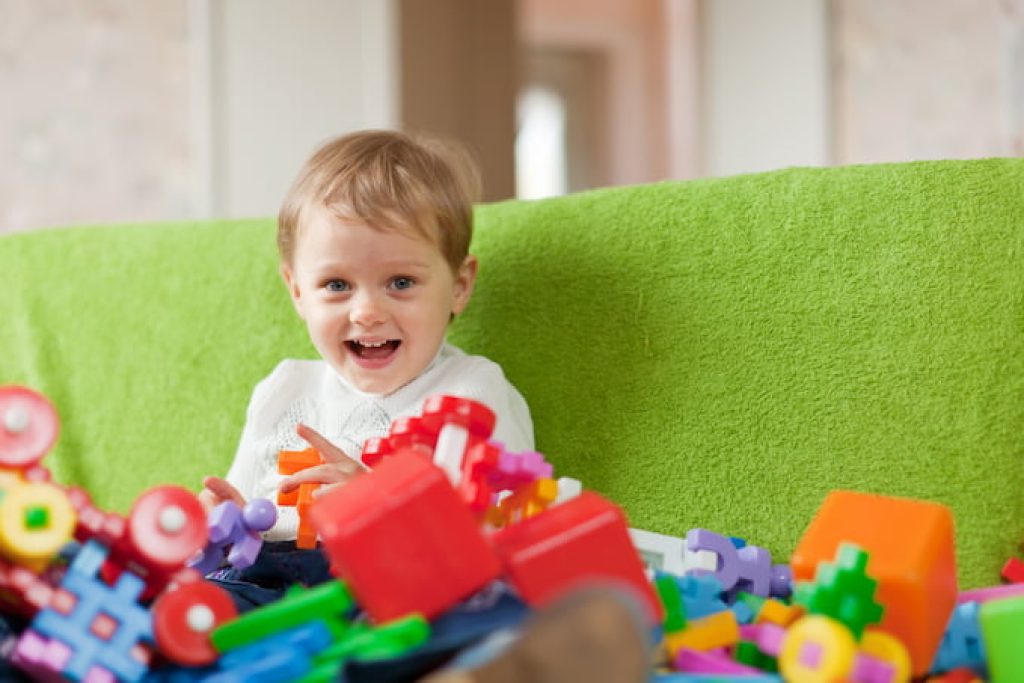
When it comes to playpens, parents want to ensure their little ones are comfortable and stimulated. Playpen accessories can help achieve both of these goals. Here are some options to consider:
Choosing Comfortable Accessories
Soft toys and play mats are great options for adding comfort to a playpen. Soft toys can provide a cozy companion for a baby to snuggle with, while play mats offer a cushioned surface for playtime. Crib bumpers can also be used to add extra padding to the playpen walls.
Another accessory to the playard to consider is a rocking attachment. This can provide a soothing motion for babies who enjoy being rocked to sleep. However, it’s important to ensure that the attachment is securely fastened to the playpen and that the baby is supervised while using it.
Stimulating Toys for Playpens
Stimulation is important for a baby’s development, and playpens can be a great place to provide it. New toys can be introduced to keep a baby entertained and engaged. It’s important to choose toys that are age-appropriate and safe for the baby to play with.
Diaper bag stackers can also be added to the playpen to provide convenient storage space for diapers and wipes. This can help keep the playpen organized and tidy.
In summary, playpen accessories can help provide comfort and stimulation for babies. Soft toys, play mats, crib bumpers, rocking attachments, stimulating toys, and diaper stackers are all options to consider. It’s important to choose accessories that are age-appropriate, safe, and securely fastened to the playpen.
Frequently Asked Questions
What is the recommended age range for using a playpen?
Most playpens are designed for babies between 6 months and 2 years old. However, it’s important to consult the manufacturer’s instructions to ensure that the playpen is suitable for your child’s age and weight.
Is it safe for a baby to sleep in a playpen?
Yes, it is safe for a baby to sleep in a playpen as long as the playpen meets the safety standards and guidelines set by the Consumer Product Safety Commission (CPSC). However, it’s important to note that a playpen should not be used as a permanent sleeping arrangement for a baby.
How do I keep my baby from climbing out of the playpen?
To prevent your baby from climbing out of the playpen, ensure that the playpen is set up correctly and the sides are securely locked. Additionally, you can place toys and other distractions inside the playpen to keep your baby occupied.
What are some alternatives to using a playpen?
Some alternatives to using a playpen include baby gates, play yards, and supervised play areas. These options provide a safe and secure environment for your baby to play and explore.
Can a playpen be used for toddlers?
While playpens are primarily designed for babies, some playpens are suitable for toddlers up to 3 years old. However, it’s important to check the manufacturer’s instructions to ensure that the playpen is appropriate for your child’s age and weight.



